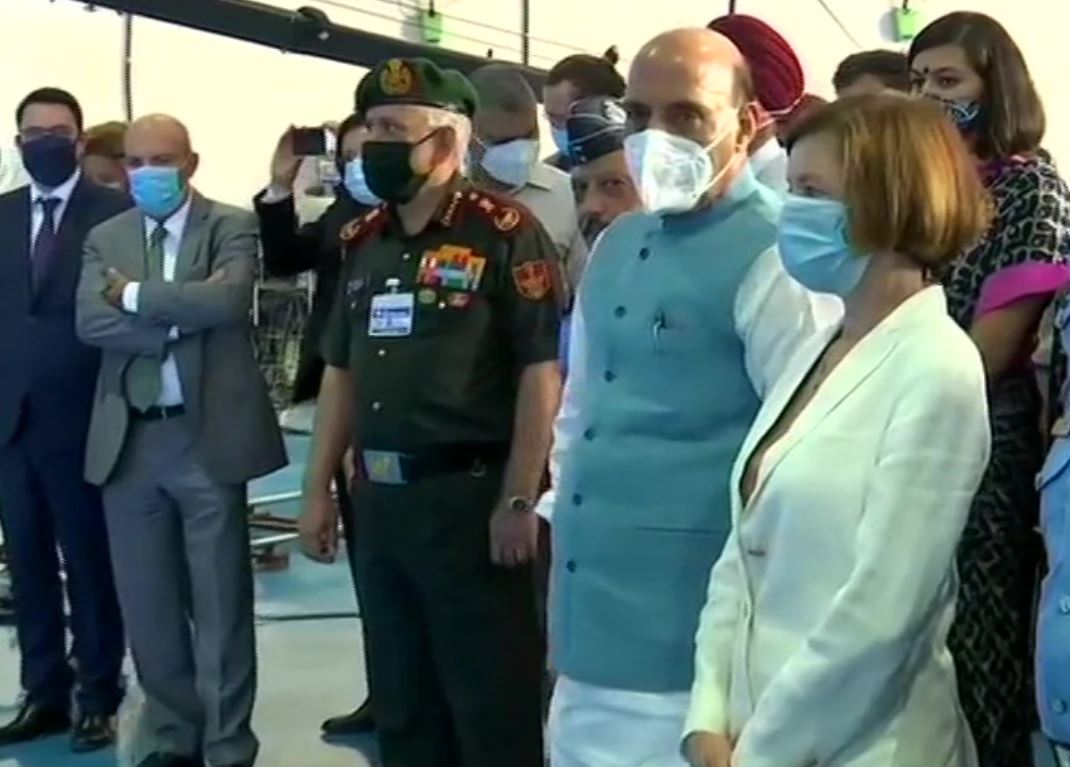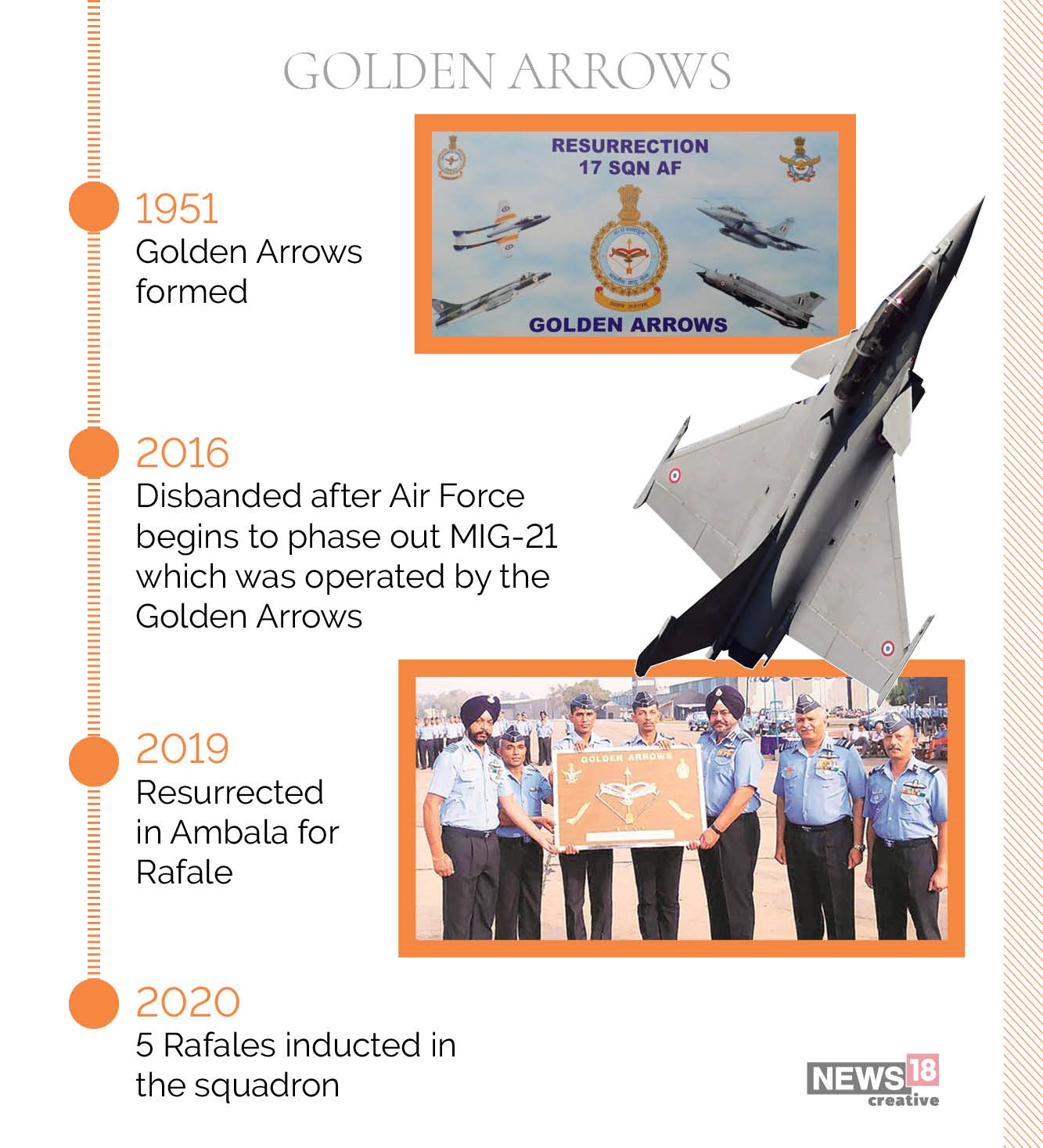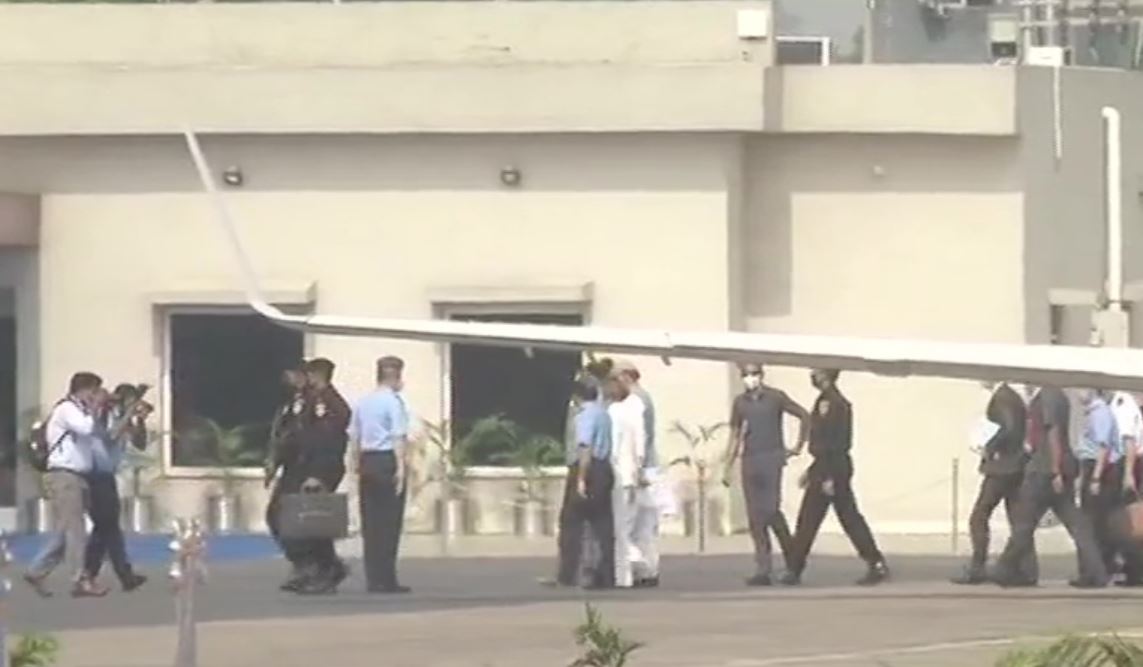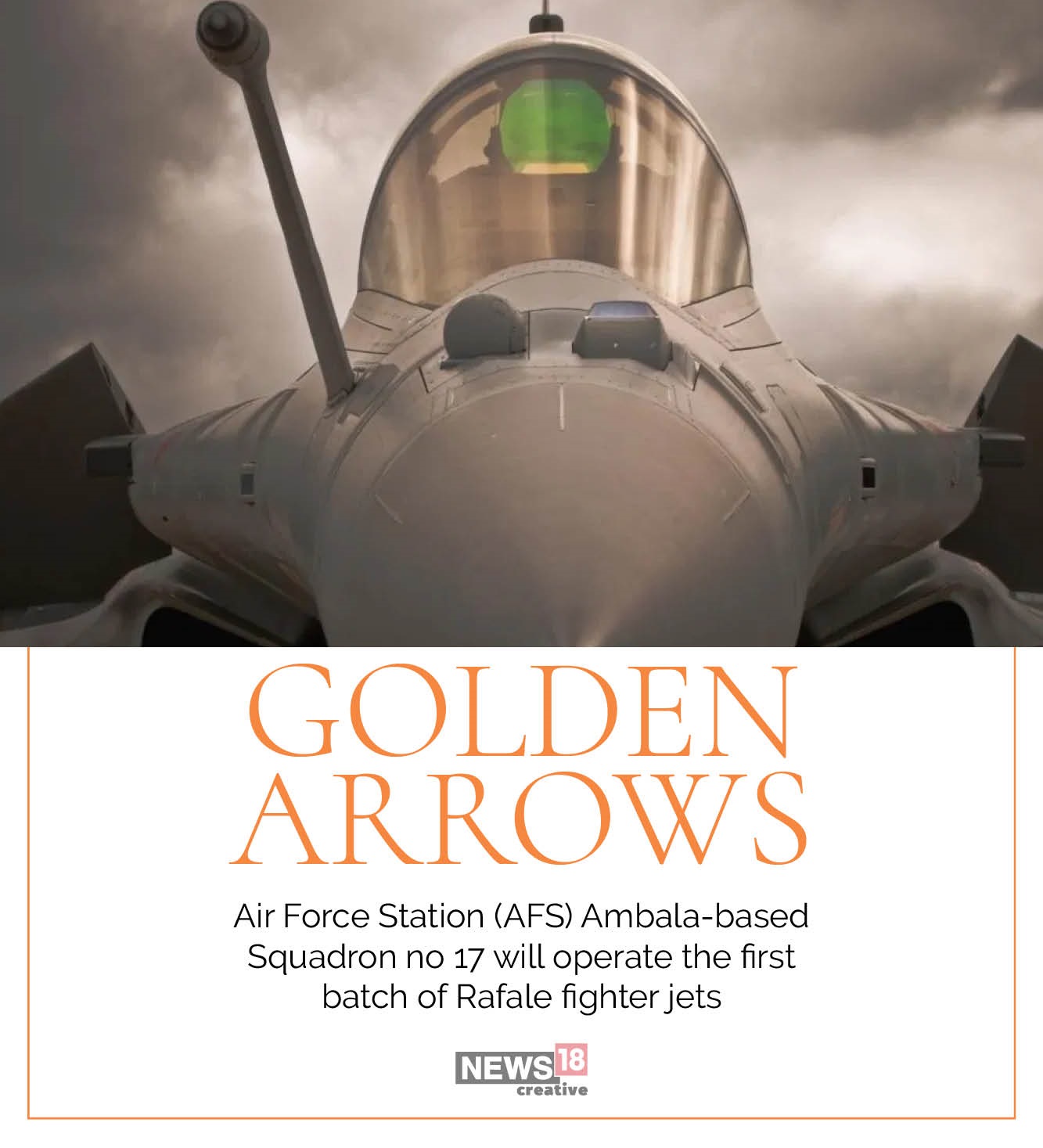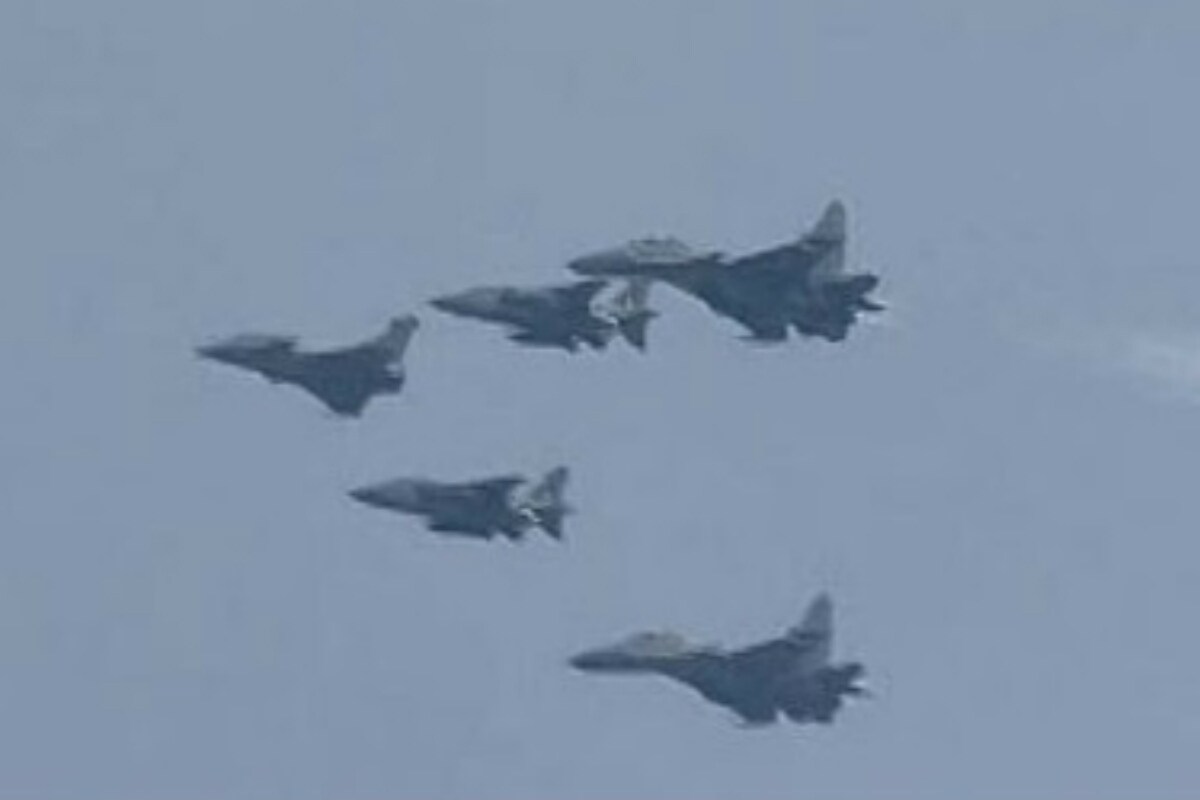The Air Force has also procured new generation medium-range modular air-to-ground weapon system Hammer to integrate with the Rafale jets. Hammer (Highly Agile Modular Munition Extended Range) is a precision-guided missile developed by French defence major Safran. The missile was originally designed and manufactured for the French Air Force and Navy.
A galaxy of dignitaries, including Defence Minister Rajnath Singh, his French counterpart Florence Parly, Chief of Defence Staff Gen Bipin Rawat, Air Chief Marshal RKS Bhadauria and Defence Secretary Ajay Kumar, will attend the ceremony. The NDA government had inked a Rs 59,000-crore deal on September 23, 2016 to procure 36 Rafale jets from French aerospace major Dassault Aviation after a nearly seven-year exercise to procure 126 Medium Multi-Role Combat Aircraft (MMRCA) for the Indian Air Force did not fructify during the UPA regime.
A government statement July 27 said 10 Rafale jets were delivered to India and that five of them are staying back in France for training missions. The delivery of all 36 aircraft will be completed on schedule by the end of 2021, it added.
The Rafale jets landed at the Ambala Air Force base at around 3:10 pm on July 29 after covering a distance of 7,000 km from the Merignac airbase in French port city of Bordeaux. The jets were also refuelled mid-air from a French tanker at a height of 30,000 feet, according to the Indian Embassy in France.
The first Rafale jet was handed over to the IAF in October last year during a visit to France by the defence minister. While the first squadron of the Rafale jets will be stationed at Ambala airbase, the second one will based at Hasimara base in West Bengal.
The Ambala base is considered one of the most strategically located bases of the IAF as the Indo-Pak border is around 220 km from it. Authorities had imposed prohibitory orders near the Ambala Air Force Station and banned taking of pictures and videos. A large number of police personnel were also deployed in a three-kilometre radius. The IAF has spent around Rs 400 crore to develop required infrastructure like shelters, hangars and maintenance facilities at the two bases.
Out of 36 Rafale jets, 30 will be fighter jets and six will be trainers. The trainer jets will be twin-seater and they will have almost all the features of the fighter jets. India began the process to buy a fleet of 126 Medium Multi-Role Combat Aircraft (MMRCA) in 2007 after the defence ministry, headed then by AK Antony, cleared the proposal from the IAF.
The contenders for the mega deal were Lockheed Martin's F-16s, Eurofighter Typhoon, Russia's MiG-35, Sweden's Gripen, Boeing's F/A-18s and Dassault Aviation's Rafale.
After a long-drawn process, bids were opened in December 2012 and Dassault Aviation emerged as L-1 (lowest bidder). In the original proposal, 18 planes were to be manufactured in France and 108 in India in collaboration with the Hindustan Aeronautics Ltd.
There were lengthy negotiations between the then UPA government and Dassault on prices and transfer of technology. The final negotiations continued till early 2014 but the deal could not go through.
RAFALE PRICE, DEAL & MORE
Rafale jets are described as a fully versatile aircraft which can carry out all combat aviation missions to achieve air superiority and air defence, close air support, in-depth strikes, reconnaissance, anti-ship strikes and nuclear deterrence. The The first Rafale jet will come with tail number RB 001, with RB denoting the initials of Air Chief Marshal Rakesh Bhadauria who played a key role in striking the deal for the jets in his previous role as IAF deputy chief.
India and Rafale Deal
Though the idea to induct additional fighter jets in the IAF has been since 2001, the actual process began in 2007. The current IAF fleet largely consists of heavy and light-weight combat aircraft. So the defence ministry considered bringing in intermediate medium-weight fighter jets. The Defence Acquisition Council, headed by then Defence Minister AK Antony, approved the ‘
Request For Proposal’ to buy 126 aircraft in August 2007. This kick-started the bidding process. The plan included acquiring 126 aircraft, 18 of them in fly-away condition and the rest to be made in India at the Hindustan Aeronautics facility under transfer of technology.



 LIVE NOW
LIVE NOW




